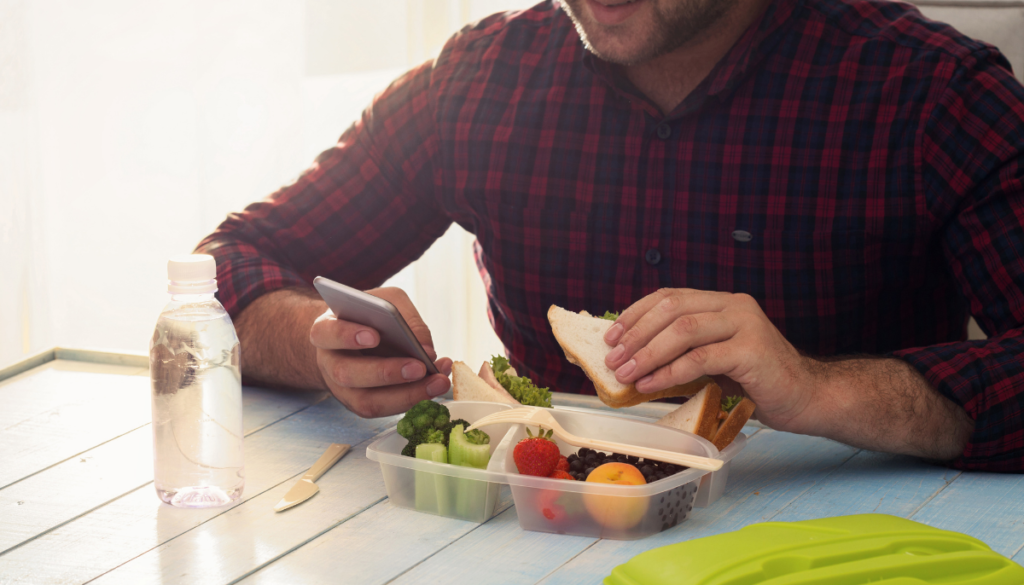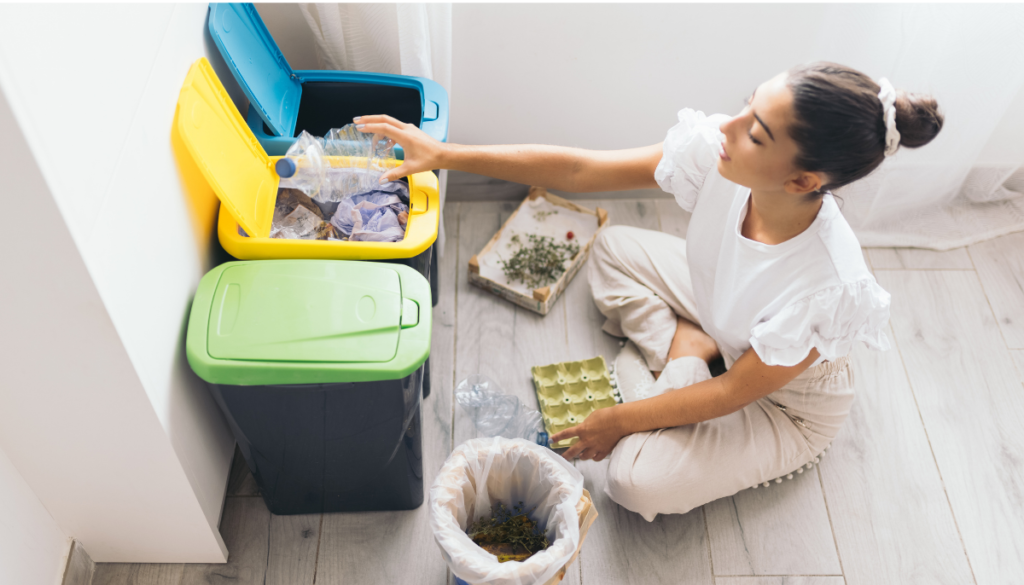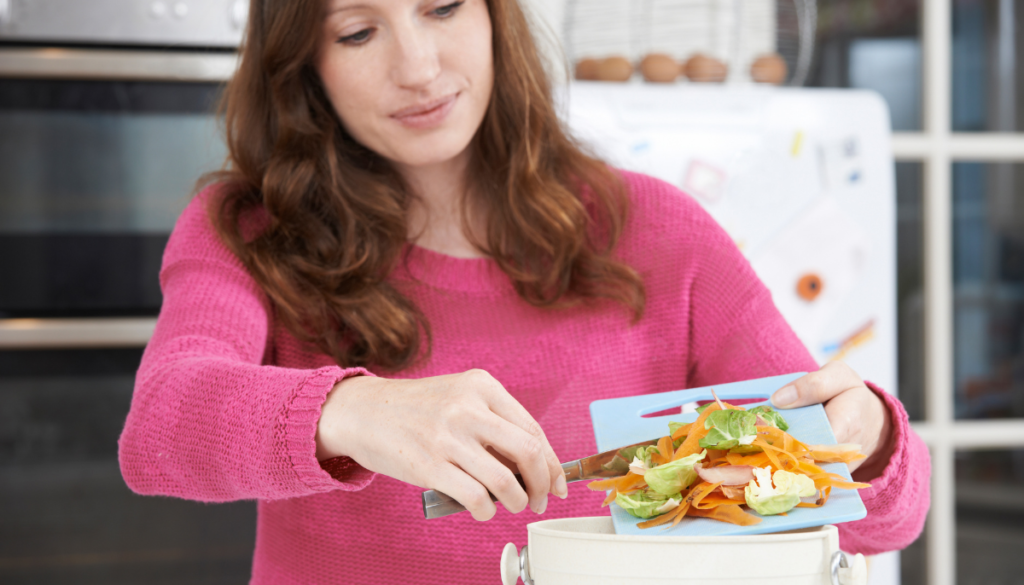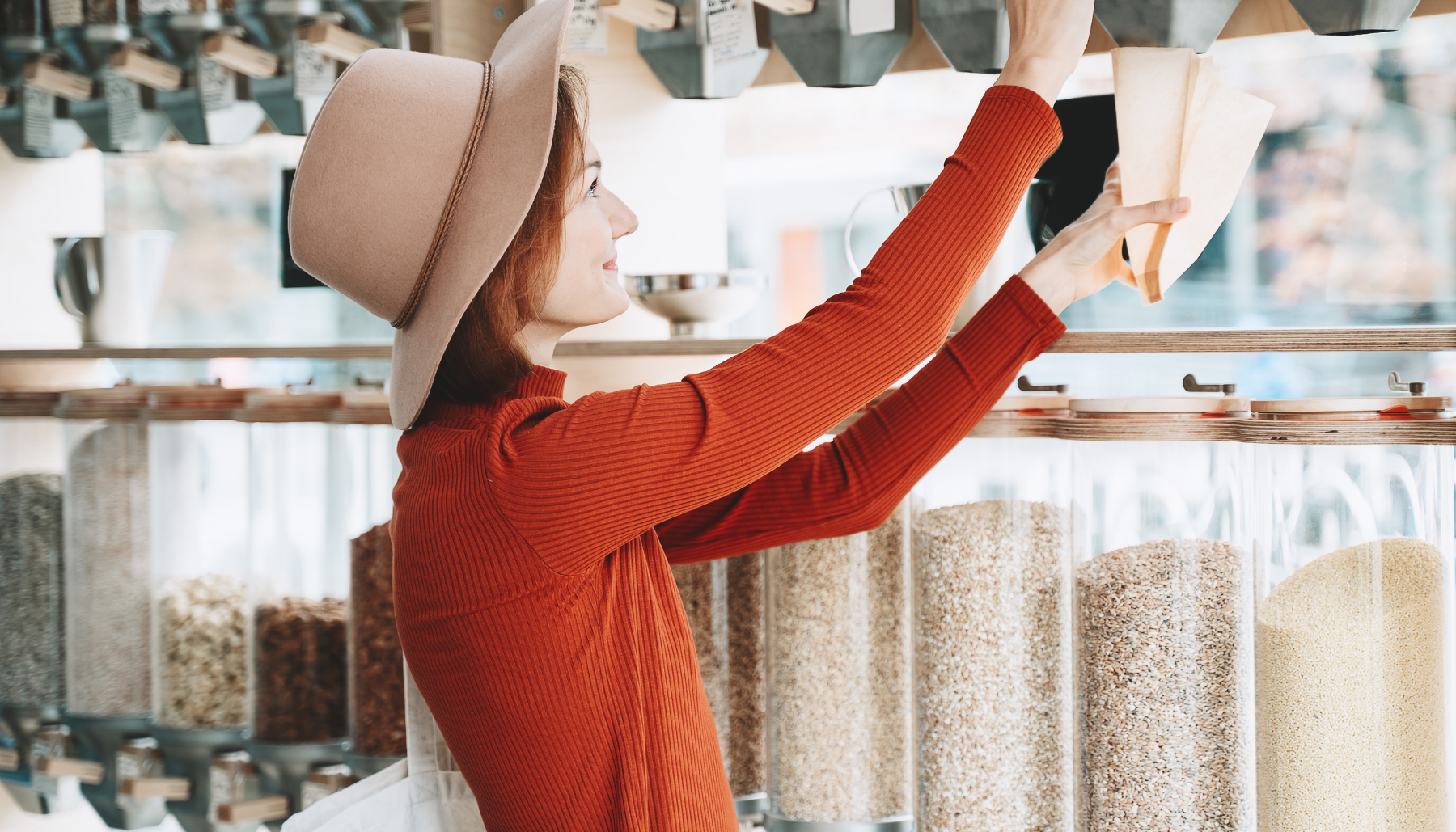The zero-waste trend has been growing in popularity in recent years, but in reality, it’s extremely difficult to live a zero-waste life. Even if you follow in the footsteps of the famous blogger who fit all her trash for a year in a Mason jar, you’re not living a zero-waste life. There was still waste created along the production lines to make the goods and foods that you consumed.
So it may not be possible to live a zero-waste lifestyle, but you can still live a lower-waste lifestyle. Many people are embracing lower-waste living because it’s not as stressful as trying to live zero-waste and it still has a significant positive impact on the environment. By following these four tips, you can reduce your environmental footprint and help make the world better.
Choose Reusable

If you’ve spent your whole life packing your lunch and putting your carrots into plastic baggies, it’s time to say goodbye to one major area of waste. Single-use options – like plastic bags and utensils – are terrible for the environment. Even if you remember to rinse off and recycle your plastic utensils, the process of producing those utensils in the first place is bad for the environment.
Instead, invest in as many reusable options as you can – they’re better for the environment and they’ll save you money in the long run. You can pack your regular silverware for lunch or buy a reusable set that you just keep in your lunchbox. When you’re picking out reusable containers, try to choose glass over plastic. They’re easier to keep clean and they last longer.
Aluminum foil is nice and convenient for packaging up leftovers, but it’s also difficult to recycle. Check out reusable food wrap covers instead. There are great options made from beeswax that not only keep your food fresh but look cute, too!
Recycle or Upcycle

Always recycle when you can. Check your local recycling guidelines to make sure you’re not tossing something in the bin that ends up causing problems at the recycling facility. But whenever you can, recycle items that you may have once thrown in the trash.
For those items that you can’t recycle, try to upcycle them instead of putting them in the trash to sit in a landfill for years. Upcycle takes more effort than recycling, so you’ll want to set aside time to find a way to repurpose the old item. You may want to designate an “upcycle box,” where you collect objects that you’ll eventually upcycle.
If you can’t find a way to upcycle something, try joining your local Buy Nothing group on Facebook. You can advertise the objects you’ve collected as free, and cross your fingers that someone else can use them. Again, it’s so much better than letting them take up space in the landfill!
Reconsider Before You Buy
Our culture is very consumer-oriented, which means that there’s almost constant pressure to buy more things. The biggest culprit is clothing, as clothing trends change frequently and are so easily accessible. But do you really need the latest fashion? Should you spend your time and money shopping when you have a good enough version at home already?
The answer is a simple no, even though it’s not a fun one to hear. If you don’t need to buy something brand new, then don’t buy it. If you love shopping you can go to a thrift store instead to find a great deal and to extend the life of clothing that’s already been through the production process.
The same principle should be applied to buying gadgets, children’s toys, and furniture. Do you really need a new version? What will the environmental impact be? Try your hardest to research and think through the answers to these questions before you buy a brand-new item.
Compost What You Can

Composting changes the potentially harmful gases that come from wasted food into an all-natural fertilizer. Instead of letting food you’re not going to use rot in a landfill and create a cloud of methane gas, compost it instead.
Because composting is so good for the environment, these days there are more composting options than ever before. In many cities, there are now curbside composting services. You take all the food that you can compost and put it into a bucket, which will be picked up on a regular basis and turned into fantastic fertilizer.
Nowadays, there are many objects you can compost as well. Some food wrappers, coffee cups, and even sponges can be composted along with your banana peels and eggshells.
Reducing your waste on a personal level is such a good thing. You can rest easier knowing that you’re doing what you can for the environment, and you’re living a less wasteful life. Give yourself a pat on the back for doing what you can to help the planet!












